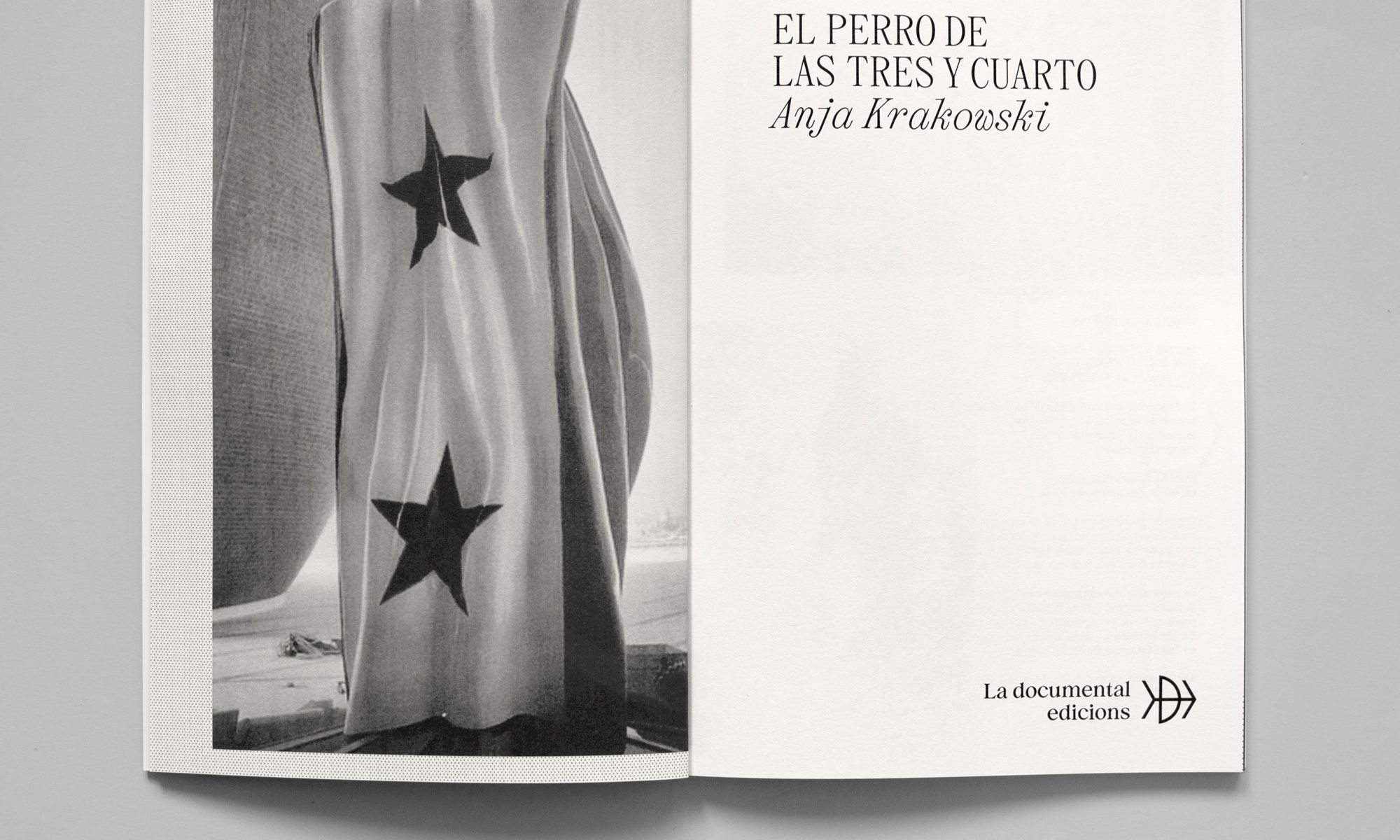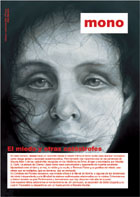Translation from article first published in mono Magazine #6 El miedo y otras catástrofes. Valencia, April 2005. Translated from Spanish by Elida Maiques.
The umbilical relationship that cultural production has with public budgets is very well known due to its necessary and constant feed, at least (and in order to limit this analysis), in Spain. From this dependency, which deserves criticism as much as praise for contributing to many achievements, tensions arise, along with authoritarian and/or submissive attitudes (depending on the side). Public culture management tends to direct its support and to subsidise a culture that relates to its principles, which activates models similar to those it proposes or outlines. One can safely affirm, therefore, that a series of subtly abusive acts are then consummated. This not only forces external cultural producers to closely follow certain ideologies that have previously been tacked, but these acts also increasingly impoverish (not only economically) those offering different visions of a reality doubtlessly eclectic and kaleidoscopic. In other words, management of public budgets is not carried out with an essentially public aim; public meaning here to embrace and give proportional visibility to both the general majority and the diverse. On the contrary, it has become a continuation of models created by those in power at the time, while very little relevance is given to the rest of the options. Opportunities are given only to the extent in which it is understood that within a democratic society, cultural industry must offer different and opposed examples of discussion and analysis.
Facing this situation, cultural producers (a term comprising artists, exhibition curators, critics and theoreticians, focusing on the plastic arts for this analysis) find themselves in an ambiguous situation. On the one hand, it would be logical to expect a certain independence from all parties and a committed attitude to their work, which would lead them to show their cultural products in the optimum way, and therefore be in keeping with the previous two points. On the other hand, to fulfil these requirements it is necessary not to take institutional profiteering as a given fact, nor to get used to the constant boycott, finally: not to inhabit an ever precarious land. Technical and economic means are necessary to fulfil certain expectations. It is worth saying that, surely, from the collectives mentioned, artists are the most underrated from a practical point of view. This is because of the fact that more frequently than with the other collectives, and more often than not, the only payment artists are offered is that of their own participation in a given exhibition or event, as though that very exhibition or event could take place without their presence.
Nor does the solution come from expecting institutions to adapt themselves to the necessities of each other either. On the contrary, precisely what is required is a constant demand for an adequate management of public resources, without respite, and without settling for the left-overs (or even the delicacies) destined to silence the critical voices and uncomfortable discourses for those in power at a given time. Equally, demanding the maximum quality on all that is managed and exhibited is a must. Reaching a point in which the discussions and dialogue that are aimed at bringing the different positions of managers and cultural producers closer together become normalised would be beneficial for all parties involved. Not only that, but many areas that remain shady for the public and citizens would be made clear. It would also be beneficial for culture itself.
The culture of fear here is essentially understood as the result of a sustained power abuse that is served in relatively small doses. This abuse exists and is perpetuated in the continuation of a clearly precarious situation generated or supported by culture managers themselves. This abuse is seldom obvious in developed societies. However, after 9/11, certain political decisions that were previously unthinkable are now regarded as normal. Of course, culture has not remained alien to them. The way these actions work, is generally based upon the asynchrony of those accepting public posts (particularly in areas that are alien or novel to them), and their political decisions. It is not new to say that culture has traditionally been overrated when functioning as propaganda, but underrated when functioning from a critical position. This is why it results as being malleable and easy to manipulate.
These actions, often unpunished, lead towards and contribute to the consolidation of a courtesan attitude among those sharing the various environments of culture, or they lead directly to a fearful attitude, a fear to be left out when the public is divided and distributed. That distribution is necessary since the situation (it is here when we enter a loop with an unclear beginning and with no end on sight) is based upon clearly precarious freedom and it is supported by the fact that many of these cultural actions are per se, or have become a minority. The tactics that power uses to consummate these actions range from the more obvious evidences of institutional censorship (taking the shape of refused projects or exhibitions, the closure of either physical or virtual spaces, firing someone from their post without warning or any reason other than political decisions, etc.). They include even the more sophisticated examples of neutralization of the opponent by public institutions, taking power as their own, and even the authorship of the critical voices rising from organisms or independent collectives, criticisms of their own cultural policies or management.
As a second thesis, closely linked to this first one, we propose that the culture of fear promoted by power comes from a true fear of real culture. This apparent play on words has a very clear explanation. We might understand culture as a register of personal, untransferable, yet universal ways. We might consider that culture is a continuous action, ways of thinking to explore the similarity with its producer in search for the possible diversity of whoever consumes it. We might believe it to be a forceful tool, inseparable from creation itself, which, in turn would be the true, almost inescapable, meaning of our presence on the face of the world. In the end, if culture makes visible non-homogenous ways of thinking and behaving, since its optimum habitat is precisely diversity, then we could imagine why it is not advisable for those whose goal is keeping the socio-cultural hierarchies and their hegemonic model. It is not advisable even for those creators scared of their own findings, who decide to back down from their previously daring stance in order not to feel defenceless, with their self-confidence shrunk by the ever-going machinery of the established.
Therefore, we resolve that in today’s societies and in their public and culture management models, nobody is guiltless. That is why this ancestral, loaded concept, metamorphosed so many times into such different shapes, until it reached its current configuration, unique and perhaps new, consisting in itself finally, and completely, extirpated. Any decision, made within the public sphere or a private one, will always be justified by one’s own well-looked-upon personal decision. Even though this personal decision may imply, paradoxically, true fear of the real cultural criticism and its consequences.

